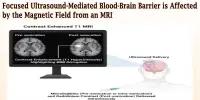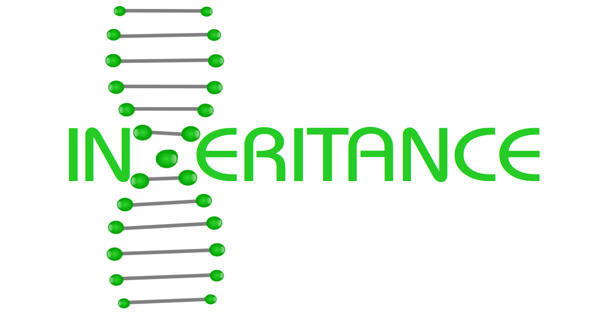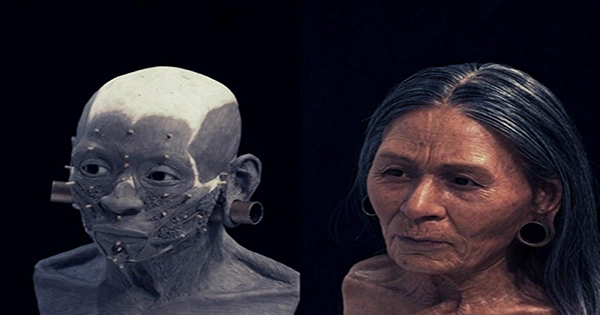A new type of DNA biosensor has been developed that has the potential to revolutionize clinical diagnostics by making them more powerful and cost-effective. This biosensor can detect specific genetic mutations or biomarkers in a sample of biological fluid, such as blood or saliva, and produce a visual readout in a matter of minutes.
DNA can signal the presence of or predisposition to a slew of diseases, including cancer. The capacity to detect these biomarkers, sometimes referred to as hints, enables medical practitioners to make vital early diagnoses and offer specialized therapies. The conventional screening techniques may be time-consuming, expensive, or have a finite scope.
A novel biosensor chip with a precise and affordable architecture might make high-quality diagnostics more widely available.
The biosensor, developed by researchers at the National Institute of Standards and Technology (NIST), Brown University and the French government-funded research institute CEA-Leti, identifies biomarkers by measuring how binding occurs between DNA strands and the device. Its modular architecture, which decreases costs by making it simpler to mass produce and allows the most expensive components to be reused, distinguishes it from other sensors of a similar nature.
Researchers recently presented the findings of a study that shows the device’s high sensitivity and precision despite its modularity, which is typically associated with diminished performance, in a paper from the most recent IEEE International Electron Devices Meeting that was recently posted online.
The instrument, like previous DNA biosensors, makes use of the fact that a single DNA strand is ready for chemical bonding when it isn’t coupled with another one within the well-known double helix. Part of the device is coated with single strands of DNA. The two strands join when these “probes” come into contact with DNA biomarkers that have a corresponding, or complementary, genetic sequence, sending a signal that is detected by the apparatus.
This is a very scalable technique. In principle, we can have hundreds if not thousands of sensors in an area of one square millimeter integrated into a device the size of a smartphone, which is much less cumbersome than some of the technology currently used in the clinic.
Arvind Balijepalli
“To make the measurement, we need two DNA molecules. We place one strand on our sensor that is complementary to the target DNA, that’s the proverbial needle in the haystack,” said NIST researcher Arvind Balijepalli, a co-author of the new study.
A field-effect transistor (FET), a type of semiconductor device, can monitor the voltage shift that is brought about when a strand of target DNA binds to a probe. As the molecules pop on and off the sensor, there can be hundreds of voltage variations every second.
This method’s high time resolution makes it possible to determine not only whether a DNA strand is bound to a probe but also how long it takes for the connection and disconnection to occur. This property, known as binding kinetics, is essential for differentiating between markers that may bind to the same probe in different ways.
And with this method, you don’t need much space to measure a lot.
“This is a very scalable technique. In principle, we can have hundreds if not thousands of sensors in an area of one square millimeter integrated into a device the size of a smartphone, which is much less cumbersome than some of the technology currently used in the clinic,” Balijepalli said.
FET-based methods have yet to hit the mainstream, however. Their single-use characteristic, which up until now has looked necessary but raises their cost, is a major roadblock.
Electrical signals also become noisier the further they have to go within electronics, similar to how your radio becomes noisier as you drive away from a radio station. The signal is more challenging to measure because of the undesirable random noise picked up along the way.
DNA probes in FET-based sensors are typically directly linked to the transistor, which transforms the signal into usable data, to reduce noise. The disadvantage is that after being exposed to a sample, the probes are exhausted, and as a result, the entire apparatus is as well.
In the new study, Balijepalli and his colleagues increased the distance between the probes and the transistor so that the more expensive elements of the circuitry could be reused. The distance had the potential to make noise levels worse up front, but there were several benefits to the design choice beyond cost savings.
“If the reader is reusable, we can build more sophisticated technology into it and get higher precision out of the readings, and it can interface with the inexpensive and disposable sensing element,” Balijepalli said.
Because they anticipated that the modular design would diminish the biosensor’s sensitivity, the researchers took a page out of the Internet of Things (IoT) playbook, which accommodates the losses associated with wireless devices. To amplify signals and restore lost sensitivity, the NIST authors combined their circuitry with a particular kind of CEA-LETI-developed extremely low-power FET. This FET is utilized in smartwatches, personal assistants, and other gadgets.
They submerged their device in liquid samples containing DNA strands linked to exposure to dangerous ionizing radiation in order to determine how well it worked. Electrodes connected to the FET were decorated with complementary DNA probes. They altered the concentration of target DNA across many samples.
The study team discovered that the binding kinetics allowed for precise assessments even at low concentrations. Overall, the performance of the modular design matched that of integrated, nonmodular FET-based biosensors.
The next stage in their research is to see whether their sensor can still function well in the presence of mutated DNA that has different sequences. This skill is crucial for clinical diagnosis since many diseases are brought on by or linked to altered DNA.
Other research may test the sensor’s capacity to identify genetic material linked to viruses like COVID-19 that would suggest infection.
In the meantime, the new technology could represent a viable foundation to build upon.
“There’s an opportunity to develop more sophisticated modular sensors that are much more accessible without sacrificing high quality measurements,” Balijepalli said.
















